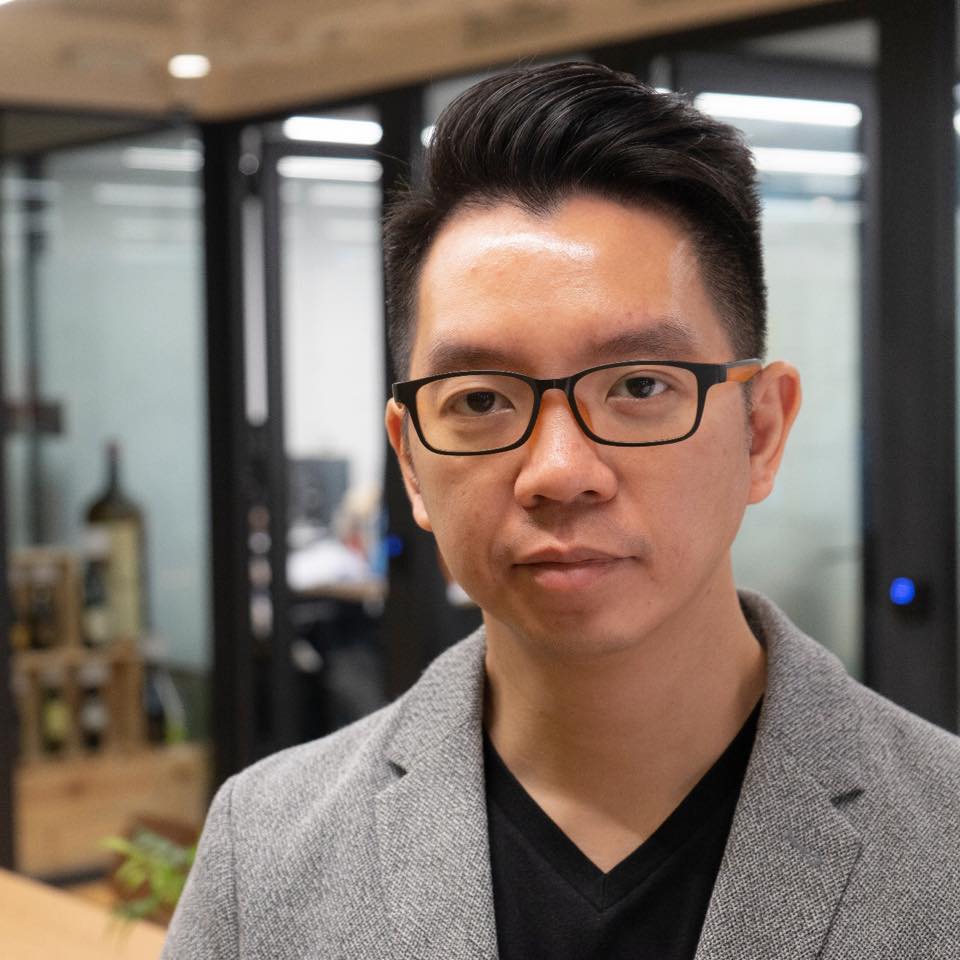
Back in the days, there was this one time we were tasked to design and implement a supposedly straightforward disclaimer feature, at least we thought it was. After 3x large group meetings with 10+ stakeholders and 40+ email exchanges we finally reached a “final” design for the everyone's last confirmation, but how naive we were, the design eventually was still rejected and we had to go back to drawing board.
I’m sure we all had that experience before.
While you may think it’s a subjective decision and the key decision maker can just do whatever he/she wants, it’s actually not entirely true. If you experienced similar situation before, let me ask you a few questions:
- was the problem and goal clearly defined?
- Did everyone had the equal opportunity to voice out their opinion?
- Was every opinion heard and weighted equally?
- Was there a good measurement of what a successful solution should be?
If you get a “NO” from any of the questions above, then the problem likely lies within the problem solving process. We too were no exception.
As a agency/consulting partner, we must understand the importance of alignment in problem-solving. Whether it's tackling complex challenges or making critical decisions, alignment among team members, client's or not, is crucial for success. In this article, we will explore why collaborative problem solving workshop (i.e. Lightning Decision Jam (LDJ)) can help teams achieve the necessary alignment to solve problems effectively.

Expert Input — Leveraging Diverse Perspectives
During the design phase, whether the team is facing an internal or external challenge/problem, it is critical to gather expert input from stakeholding teams. After all, no matter how knowledgeable you are in a particular industry, you will never reach the same expert level as the teams who deal with the problems firsthand everyday. The collaborative problem solving workshop (i.e. LDJ) provides a structured framework for capturing input from team members with diverse backgrounds, expertise. By doing so, you can tap into a wealth of knowledge and insights, which can greatly enhance your problem-solving efforts.
Avoiding HIPPO — Overcoming Dominant Opinions
The Highest Paid Person's Opinion (HIPPO) syndrome can hinder effective problem-solving. It occurs when the opinion of the highest-ranking individual in the room dominates the decision-making process, stifling creativity and innovation. Collaborative problem solving workshop helps overcome HIPPO by providing a structured approach that encourages equal participation and amplifies all voices, introverted or extroverted. By giving everyone an equal opportunity to contribute, teams can avoid the pitfalls of HIPPO and foster a more inclusive problem-solving environment.
Prioritization — Focusing on the Most Important Challenges
One common challenge in problem-solving is determining which issues to prioritize. With limited time and resources, it is crucial to identify the most critical problems that need immediate attention. The collaborative problem solving workshop (i.e. LDJ) guides teams through a prioritization process, allowing them to evaluate and rank the identified challenges based on their impact and urgency. This helps teams align their efforts on the most pressing issues, ensuring a more focused and efficient problem-solving approach.
Alignment — Creating a Shared Vision
Alignment is the key to solving complex (or even simple ones in our case) problems. It involves ensuring that all team members understand and are working towards a common goal. The collaborative problem solving workshop (i.e. LDJ) facilitates alignment by providing a structured framework for problem framing. Through collaborative discussions and exercises, teams can align their understanding of the problem and collectively define their desired outcomes. This shared vision fosters a sense of ownership and commitment among team members, leading to more effective problem-solving outcomes.
Conclusion
The key to problem-solving lies in alignment. The workshop frameworks such as Lightning Decision Jam (LDJ) are powerful tools that can help teams achieve the necessary alignment to tackle complex challenges successfully. By leveraging expert input, avoiding HIPPO, prioritizing effectively, and fostering alignment, teams can enhance their problem-solving capabilities and drive impactful results.
Bear in mind, effective problem-solving requires continuous improvement and adaptability. It is vital to evaluate and refine your problem-solving approach based on feedback and outcomes. Embracing a culture of alignment and leveraging tools like the LDJ workshop can empower teams to solve problems more efficiently and drive meaningful change within organizations. So, embrace the power of alignment and watch your problem-solving efforts thrive!
Credit: Image by upklyak on Freepik





